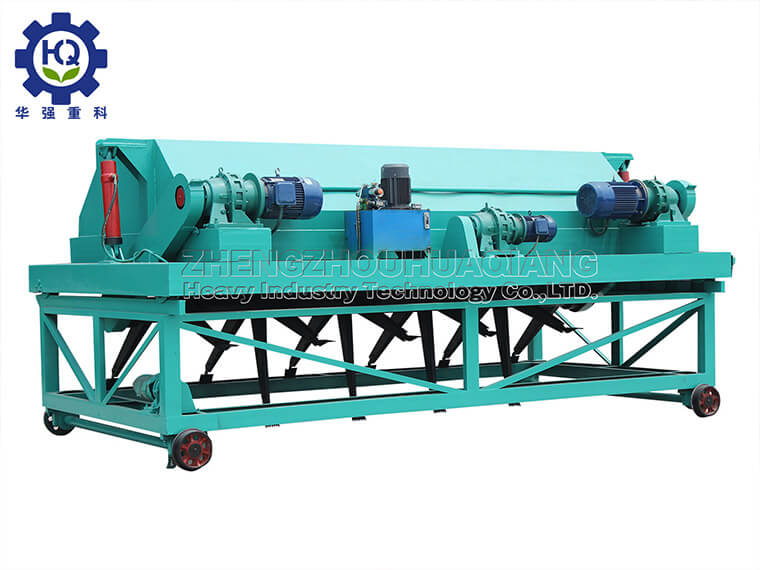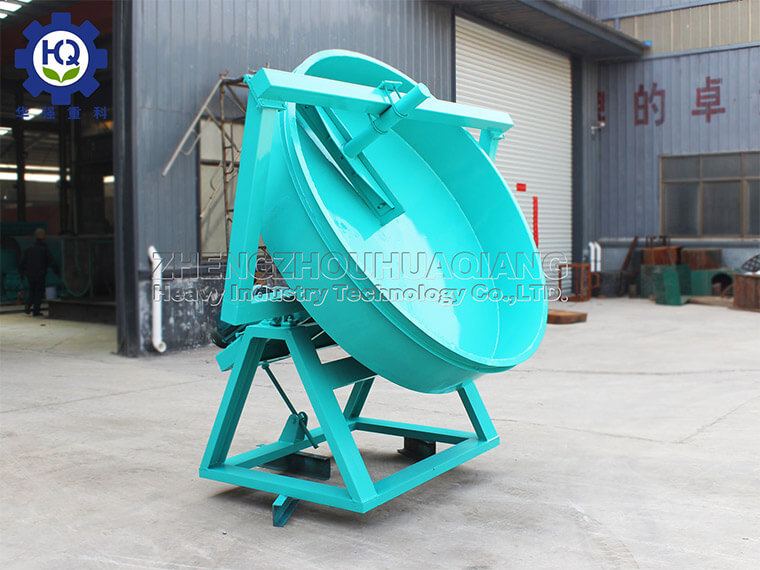The cattle farming industry in China is growing with the increasing consumption of beef cattle, and processing cow manure into organic fertilizer is also the main means for the cattle farming industry to treat cow manure. The quality of the cow manure organic fertilizer production line also determines the quality of the finished cow manure organic fertilizer. High quality cow manure organic fertilizer has higher nutritional components, and higher prices and profits. Therefore, when choosing equipment for the cow manure organic fertilizer production line, we should not only pay attention to the price of the equipment, but also pay more attention to the manufacturing process and good operation performance of the organic fertilizer equipment to avoid causing problems during the production process and affecting production efficiency..jpg)
Process flow of a complete set of powder fertilizer production equipment:
1. Raw material ratio per ton: 500kg of cow manure+300kg of pig manure+200kg of bacterial residue+50g of bacterial strain (cow manure and pig manure can also be replaced by other livestock and poultry manure) Auxiliary materials: When the humidity of livestock and poultry manure is high, appropriate materials with lower moisture content such as straw, rice husk, and cake can be added to reduce the moisture content of fermentation materials.
2. Stacking: According to the above raw material ratio, stack as needed. The length of the pile is unlimited, with a width of 2 meters and a height of about 1 meter. When stacking materials, it is necessary to stack them evenly layer by layer. Select the appropriate width of the tipping machine based on the amount of fecal treatment each time. The following figure shows a slot type tipping machine with lifting mechanism, which can adjust the stacking height and shorten the stacking return speed.
3. Add strain: Expand the strain and residue in a 1:5 ratio (the purpose of this is to dilute the strain and spread it evenly. For example, using 1kg of strain with 5kg of wheat bran or rice husk powder is acceptable). Generally, 1kg of bacterial strains can ferment 10-20 tons of feces and straw. In cases of high fermentation capacity, a dual shaft horizontal mixer can be used to evenly mix and sprinkle on the surface of the pile according to the number of piles.
4. Flipping fermentation: Use a slot type tipping machine to flip and toss the strip pile. When the temperature rises to above 55 ℃, the pile should be flipped every 1-2 days. After 10-15 days of fermentation at 55 ℃, the pile should be folded up. (The purpose of flipping the pile is to promote water evaporation, promote oxygen to enter the inside of the pile, and promote bacterial species to enter the inside of the pile and rapidly reproduce and ferment)
5. Crushing: Fermented materials cannot be directly sold as commodities because long-term stacking can cause agglomeration and other phenomena. At this point, the remaining large pieces of material need to be finely crushed by a high humidity material crusher to obtain powdered organic fertilizer. (In the early stage of fermentation, in order to accelerate the fermentation process, auxiliary materials can be added to a grinder for crushing)
6. Screening: In order to improve sales performance, the powdered organic fertilizer is re screened to obtain uniform and consistent powdered materials before packaging. After following the above steps, the pure powdered organic fertilizer is sieved by a drum screening machine.
7. Packaging: The powdered organic fertilizer can be directly stored and sold after being packaged by an automatic packaging scale.
.jpg)







